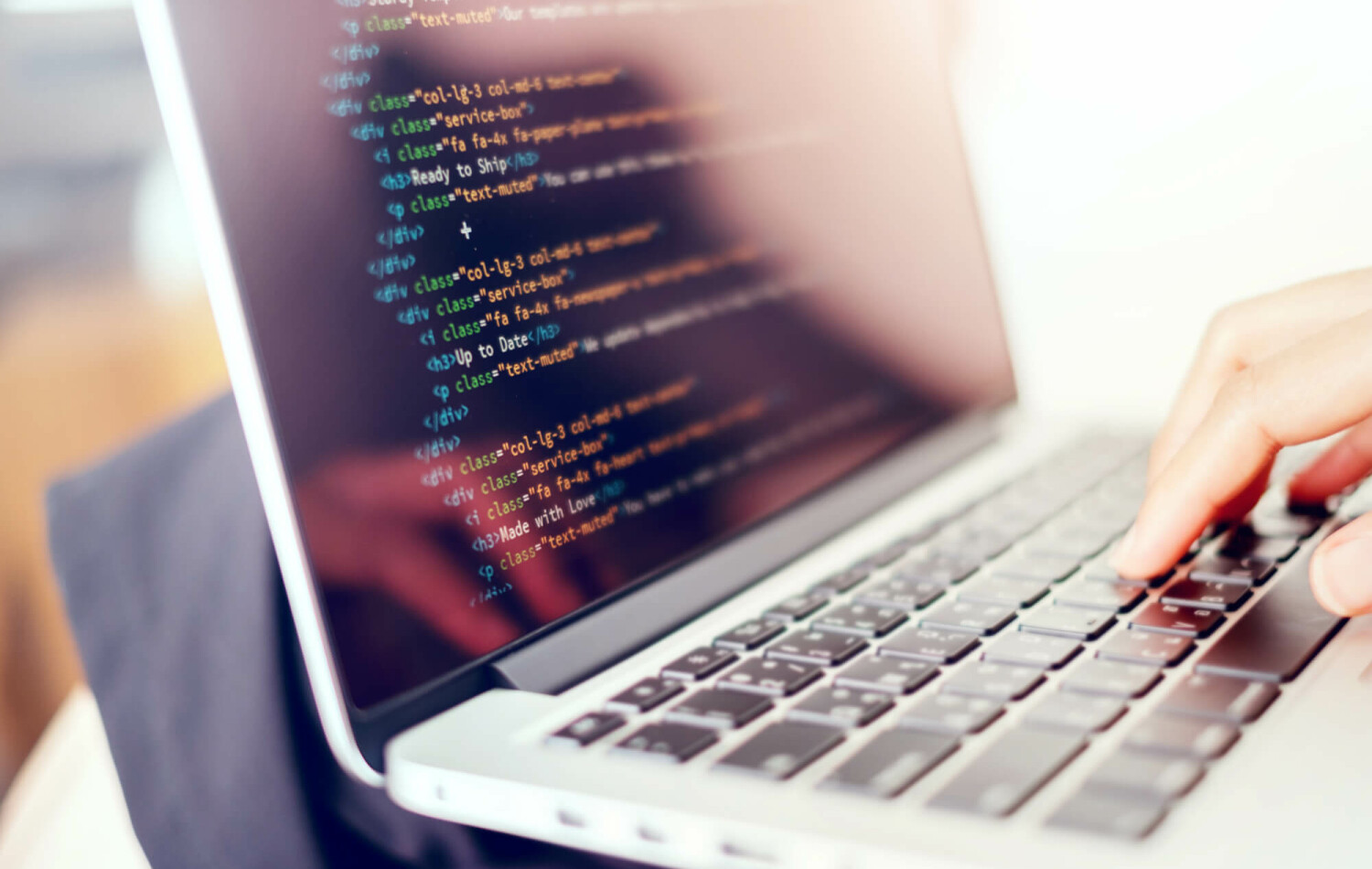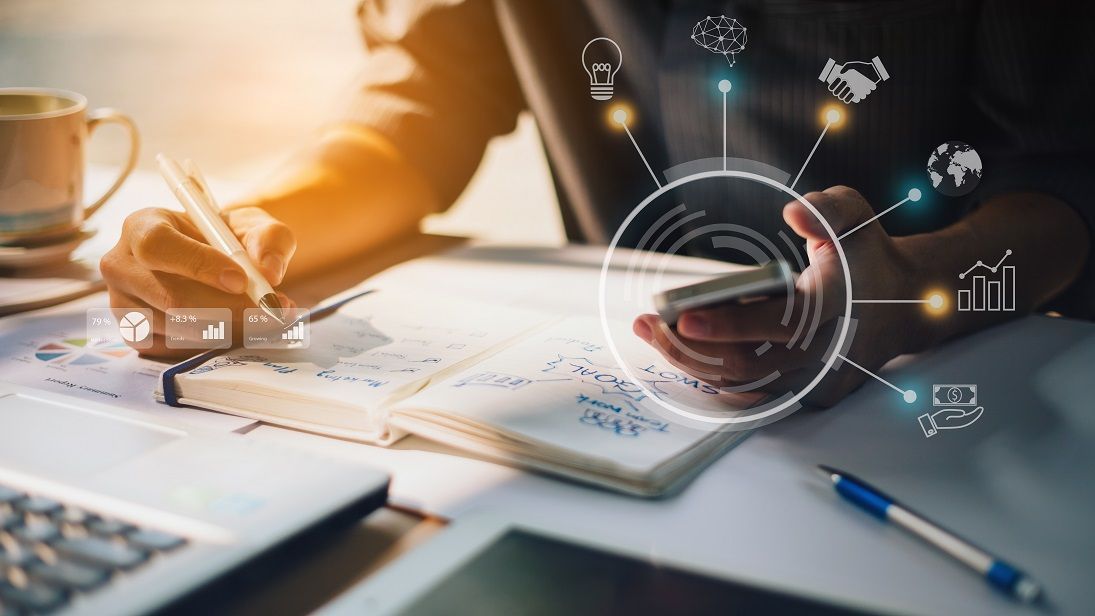Are S2P Services and P2P Services the Same Thing?

As an SAP Ariba consultant would know, one of the more popular topics when it comes to procurement is the difference between s2p services and p2p services. The answer to the question of whether or not they are the same is a tentative no, but with a number of variables that could constitute an argument. The two, in essence, are very similar in context, however, the source-to-pay aspect runs much deeper than the procure-to-pay aspect. Here’s an explanation.
S2P Also Known as Source-to-Pay
S2P, also known as source-to-pay, is a system that businesses use in order to facilitate the company’s purchasing procedure from the very source of the goods or services to the point of payment in the end.
Whether the business is an established company with years of procurement history, or a brand new company just starting out, finding sources for the everyday needs of the company can be a little bit challenging. Some of the factors that involve obtaining valuable sources are:
- Dependability of stock
- Competitive cost of goods and services
- Steady flow of orders
- Honors contracts
If the available sources are dependable and reliable when it comes to costs and needs they are good to keep around, however, if there is a way to cut costs and get higher-quality goods and services it is in the best interest of the business to seek to lower costs and yield higher returns.
In any event, the source-to-pay process involves every step in the process of obtaining, buying, and paying for goods and services that the company needs for productivity.
P2P Also Known as Procure-to-Pay
P2P, also known as procure-to-pay, is similar to s2p in the way that it involves buying and paying for necessary goods and services. However, in the procure-to-pay process, the sourcing element has already been accomplished.
There are several steps of the process that are left out between sourcing the goods and buying the goods. To procure something means to obtain something and in order to obtain a thing, there needs to be a source.
Why Source-to-Pay is Important
Whenever a large company is in need of a plethora of different items in order to maintain normal business the operation of getting these items can be a bit overwhelming and confusing at times. With the help of a well-organized plan, everything seems to go smoother and with fewer complications.
When a company has a powerful source-to-pay platform that is integrated with the rest of the flow of the business the entire process between sourcing the items and paying for the items becomes simplified and prompt.
The steps of the source-to-pay process are of the utmost importance because by plotting out a direction for the procedure to go, most of the difficulties can be eliminated before they even begin to exist.
The steps consist of:
- Planning
- Defining demand
- Sourcing
- Buying
- Paying
It is important to stick to the steps of the process one at a time so that each of the steps will contribute value to the next step, and so on.

The First Step is the Planning Step
First and foremost before anything else happens the procurement department has to plan out the procedure. It may take an hour or only five minutes depending on the circumstances, but everybody involved in the process has to be aware of the way the events of the process will unfold.
The planning step is the most important step in the process because once the plan is laid out, everybody involved in the process will have a clear understanding of the tasks ahead. Planning will consist of taking a look at each step of the process before it even happens and deciphering some of the best ways to carry out the plan.
Next Comes Defining Demand
The planning step will help to determine the essential step of defining the demands that are being sought by your customers or business needs. In this step of the process, a scan of the needs of the business will be carried out in order to define the demands necessary for business production. Taking a look at what the most prominent demands are and comparing them to ones that might not be so necessary will help to determine the next step of the process and how to make the next steps more efficient.
Onto The Sourcing Step
Sourcing is where the foundation of the process begins to form. Before anybody can buy anything they must know where to buy it from. The quality of the entire process will depend on the quality of the sources and the way that the sources carry out their ends of the deals.
Sourcing can consist of a few different tasks:
- Finding low prices
- Finding available goods and services
- Finding dependable sources
Depending on the type of relationship a company builds with each source there may be contracts involved for every transaction.
Sourcing will be a starting point to obtain the best sources for the business at any given time. Sources can change from month to month. If a business becomes dependent on one source for one price it may be missing out on prices and goods that are better and more affordable.
Finding these sources can take a lot of time and energy, however, with an integrated source-to-pay platform the search can be just as easy as a few mouse clicks. Software can help to identify great sources and compare them to each other based on price, quality, and availability. This way sourcing every month does not have to be such a headache.
Next is the Buying Step
Once the sources have been established it will be time to make an order and buy the items that are on the agenda. Although the software can make things much easier for the sourcing step, during the buying step it is an asset as well.
Many times when a source is acquired there will be a contract involved for various reasons. Sometimes a vendor will give a deal for a lower price after a certain amount of the item ordered. Just because there is a contract involved does not mean the entire source facility will be aware of it.
Whether it is by human hands or by the intelligence of the software platform, each order has to be double-checked to ensure that the appropriate amount of items are being sold at the same cost as the deal. There is no need to take extra steps to get a deal on prices if the source is not going to honor the price because of some miscommunication.
In any event, the buying step is when the items are procured and settled upon so that the order can be processed and delivered.
The Last Step is the Paying Step
It is one thing to go shopping for deals on goods or services, but it is another step to pay for those goods and services to seal the deal. It may not seem like such a big deal to simply pay for what you have ordered, but when it comes to massive orders and possibly millions of items it can be a bit difficult.
The good news about the buying step is if you are using a cloud-based software platform for your procurement needs everything can be automated and set to be taken care of without many headaches. It may need a bit of human interference to ensure that everything looks in order, but most of the heavy work will be done by the software.
If there is not a software platform in place, a seasoned procurement professional will be able to handle the paying part as well. If all of the steps are taken in the way that the planning step agreed upon, the last step will be a breeze and everything will be done and ready to start again for the next round.
Conclusion
At the end of the day, the procurement-to-pay strategy is merely a portion of the entire source-to-pay procedure. Where p2p is only one part of the process, s2p is the whole operation from start to finish. So, yes. S2p and p2p services are the same things, but not really.






